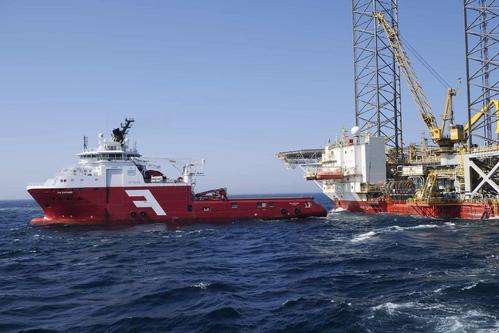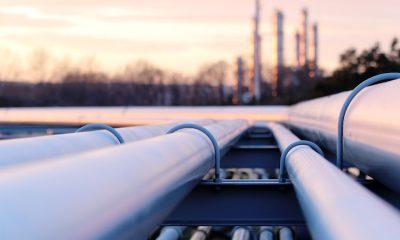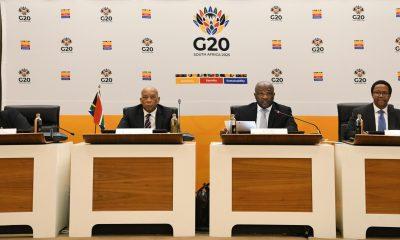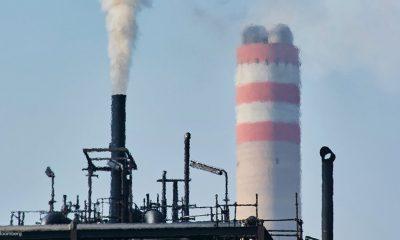Business
West Coast Gas Fields Hold Key to South Africa’s Industrial Future, Say Industry Leaders

South Africa’s natural gas industry stands at a crossroads—and industry leaders are warning that the country’s future industrial growth could slip away if the West Coast gas fields are not prioritised.
Earlier this week, energy regulator Nersa released its long-awaited strategy to ensure security of gas supply and support the country’s transition to a low-carbon economy. While the document outlines goals for expanding gas imports and developing infrastructure, it has drawn criticism for placing too little focus on domestic gas reserves, particularly those off South Africa’s West Coast.
“West Coast gas can industrialise South Africa as coal did 80 years ago,” says Jaco Human, CEO of the Industrial Gas Users Association of South Africa (IGUA-SA). “We need to urgently move from policy talk to real investment and development.”
A Strategy with Gaps
Nersa’s strategy focuses on several key initiatives between now and 2050:
-
Securing liquefied natural gas (LNG) import infrastructure.
-
Expanding regional sourcing, especially from Mozambique.
-
Developing gas-to-power generation capacity and pipeline networks.
While these plans offer a high-level roadmap, Human argues that LNG is being overly prioritised. “Yes, LNG is a good short-term solution, but it’s expensive—costing $12 per gigajoule compared to $6-7 for West Coast gas,” he explains. “We’re ignoring the very resources that can drive reindustrialisation and long-term economic growth.”
Lack of Action and Clarity
Despite government acknowledgement of the role gas can play in economic development, Human says there’s been too little progress and no clear transactional framework to encourage private sector investment.
“Government doesn’t have the money, and the private sector can’t carry all the risk alone,” he says. “We need public-private collaboration with clear guidelines on risk allocation and infrastructure responsibilities.”
Currently, South Africa lacks the terminals and pipelines required to support large-scale domestic gas development. Human warns that the country is already falling behind its neighbour, Namibia, which is moving faster on gas exploration.
Industrial Users and the Maritime Opportunity
The focus so far has largely been on gas for power generation. However, Human stresses that industrial gas use, particularly in logistics and maritime, should not be overlooked.
“Given our location between the East and the West, we’re missing a huge opportunity to become a gas hub for global shipping,” he says.
IGUA-SA is facilitating discussions among key players—including regulators, investors, academia, and transaction advisors—to create a unified vision and attract investment into the sector.
A Short-Term Lifeline
There is some relief on the horizon. Sasol recently announced it will extend synthetic gas supply for another two years after gas from Mozambique ends in June 2026. This buys the industry time to organise supply aggregation and plan local sourcing strategies.
But Human warns that this is only a temporary solution. “In 10 to 15 years, we must have domestic gas supply from the West Coast in place. The clock is ticking.”
Time to Prioritise Local Resources
With the publication of Nersa’s gas strategy, South Africa has a foundation to build on. But without bold action to develop its West Coast gas fields, the country risks missing a vital opportunity for energy independence and economic revival.
“This is the moment to act,” says Human. “We need leadership, urgency, and real investment to unlock South Africa’s gas potential.”
{Source: Money Web}
Follow Joburg ETC on Facebook, Twitter , TikTok and Instagram
For more News in Johannesburg, visit joburgetc.com

























